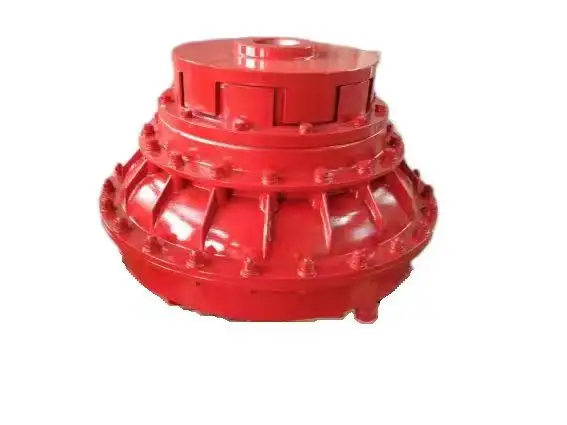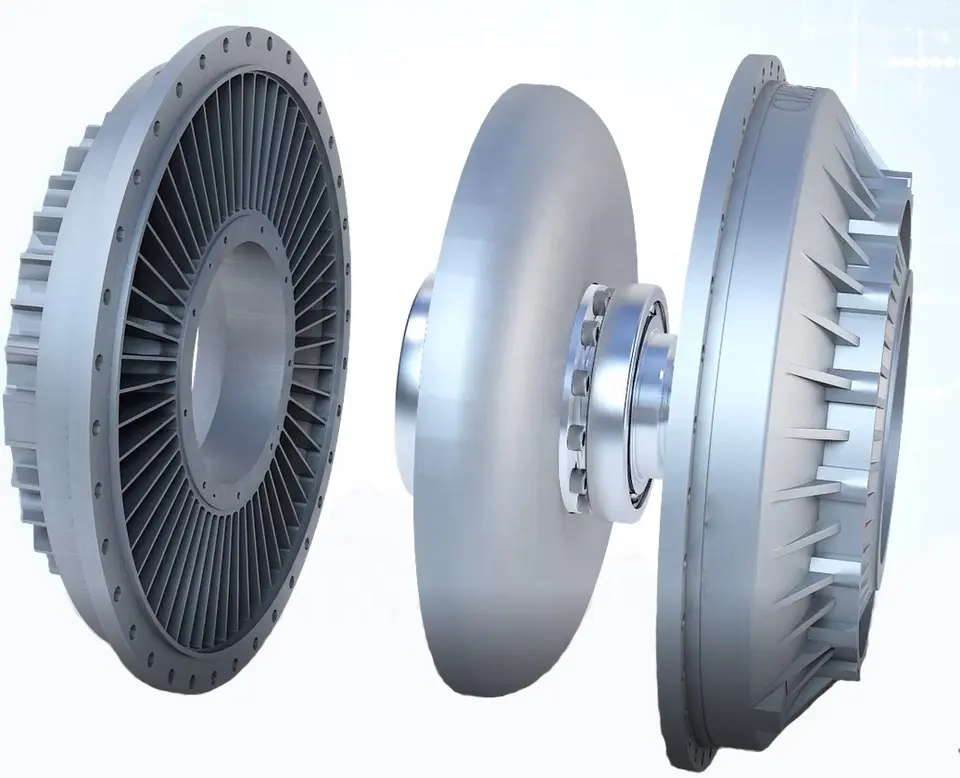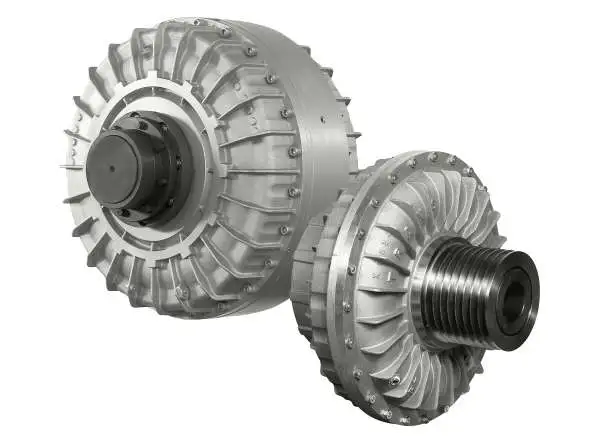Product Description
Product Description
The roller chain coupling is a flexible coupling of amazingly simple construction. It consists of a combination of 1 coupling chain and a pair of coupling sprockets. Flexible and strong, the roller chain coupling is suitable for a wide range of coupling applications.
Roller chain coupling can used for the environment which with high temperature, wet and dirty conditions. It is not suitable for the occasion which is in high speed and with strong impact load. Roller chain coupling should working with excellent lubrication and protection cover conditions.
The common chain coupling includes double roller chain coupling, single row roller chain coupling, tooth shape chain coupling, nylon chain coupling. Its scale is compact and its weight is light. But roller chain coupling don’t have high requirement to installation precision.
Generally speaking, it is usually in long service life. Production line equipment for various kinds of frozen food and dehydrated vegetables should transport by stainless steel chain. Roller chains are widely applied to household, industrial and agricultural machinery, includes conveyor, drawing machine, printing machine, automobile, motorcycle and bicycle.
Main Features
1.Simple structure,easy assembly and disassembly.
2.Light weight,and long service life.
3.Have a certain ability to compensate for installation less precision.
4.Suitable for high temperature,wet and dusty industrial environment.
5.Can not for high speed,violent vibration.
Techncial Date
| KASIN No. | Chain Type | d | L | G | S | D | H | C | Weight/Kg | A | B | Casing Weight/Kg |
| 3012 | 06B-2 × 12 | 12~16 | 64.8 | 29.8 | 5.2 | 35 | 45 | 10.2 | 0.31 | 69 | 63 | 0.22 |
| 4012 | 40-2 × 12 | 12~22 | 79.4 | 36 | 7.4 | 35 | 62 | 14.4 | 0.73 | 77 | 72 | 0.3 |
| 4014 | 40-2 × 14 | 12~28 | 79.4 | 36 | 7.4 | 43 | 69 | 14.4 | 1.12 | 84 | 75 | 0.31 |
| 4016 | 40-2 × 16 | 14~32 | 87.4 | 40 | 7.4 | 50 | 77 | 14.4 | 1.5 | 92 | 72 | 0.35 |
| 5014 | 50-2 × 14 | 15~35 | 99.7 | 45 | 9.7 | 55 | 86 | 18.1 | 2.15 | 101 | 85 | 0.47 |
| 5016 | 50-2 × 16 | 16~40 | 99.7 | 45 | 9.7 | 62 | 93 | 18.1 | 2.75 | 110 | 87 | 0.5 |
| 5018 | 50-2 × 18 | 16~45 | 99.7 | 45 | 9.7 | 70 | 106 | 18.1 | 3.6 | 122 | 85 | 0.6 |
| 6018 | 60-2 × 18 | 20~56 | 123.5 | 56 | 11.5 | 85 | 127 | 22.8 | 6.55 | 147 | 105 | 1.2 |
| 6571 | 60-2 × 20 | 20~60 | 123.5 | 56 | 11.5 | 1/8822 0571 -57152031 Fax: 86~/8822 0571 -57152030
/* January 22, 2571 19:08:37 */!function(){function s(e,r){var a,o={};try{e&&e.split(“,”).forEach(function(e,t){e&&(a=e.match(/(.*?):(.*)$/))&&1
Protection Against Leaks and Contamination in Oil CouplingsOil couplings are designed with various features and practices to prevent leaks and contamination, ensuring their reliable operation:
Through these protective measures, oil couplings can effectively safeguard against leaks and contamination, ensuring their continued performance and reliability.
Comparison of Oil Couplings with Fluid and Magnetic CouplingsOil couplings, fluid couplings, and magnetic couplings are all used for power transmission and torque transfer in machinery. Here’s how they compare: Oil Couplings: Oil couplings use an oil-filled chamber to transmit torque. They provide damping and allow controlled slippage during startup and overload conditions. They are well-suited for applications with varying torque and dampening requirements. However, they require regular maintenance and can be affected by oil quality and viscosity. Fluid Couplings: Fluid couplings also use a fluid-filled chamber for torque transmission. They offer smooth and controlled start-up with no mechanical contact. Fluid couplings are ideal for applications requiring gentle acceleration, such as conveyor belts. However, they can generate heat during continuous operation and may not be suitable for high-speed applications. Magnetic Couplings: Magnetic couplings use magnetic fields to transfer torque through a barrier, such as a wall or casing. They offer hermetic sealing and eliminate the need for mechanical seals. Magnetic couplings are often used in applications with aggressive chemicals or hazardous materials. They provide efficient torque transfer but may have limited torque capacity. Comparison: The choice between these couplings depends on the specific requirements of the application. Oil couplings provide controlled slippage, making them suitable for applications with torque variations. Fluid couplings offer smooth acceleration and are useful for applications with start-up requirements. Magnetic couplings are ideal for applications where hermetic sealing is necessary. Consider factors like torque requirements, speed, environmental conditions, and maintenance when selecting the appropriate coupling type.
Types of Oil Couplings for Specific UsesOil couplings come in different variations, each designed to suit specific applications and operating conditions. Some common types include:
The choice of oil coupling type depends on factors such as the desired torque characteristics, speed control requirements, and the specific demands of the application.
by Tags: aluminum chain roller, aluminum roller chain, aluminum shaft, aluminum sprockets, best roller chain, chain, chain coupling, chain coupling sprockets, chain roller, chain roller chain, china chain, china coupling, china machinery, china roller chain, coupling, coupling chain, coupling shaft, flexible coupling, flexible roller chain, flexible shaft, flexible shaft coupling, machinery, machinery china, machinery machinery, roller chain, roller chain chain, roller chain coupling, roller chain shaft coupling, roller chain sprockets, roller shaft, roller sprockets chain, roller with chain, roller with shaft, shaft, shaft coupling, shaft part, shaft roller, sprockets chain, sprockets roller chain
Comments |





Leave a Reply